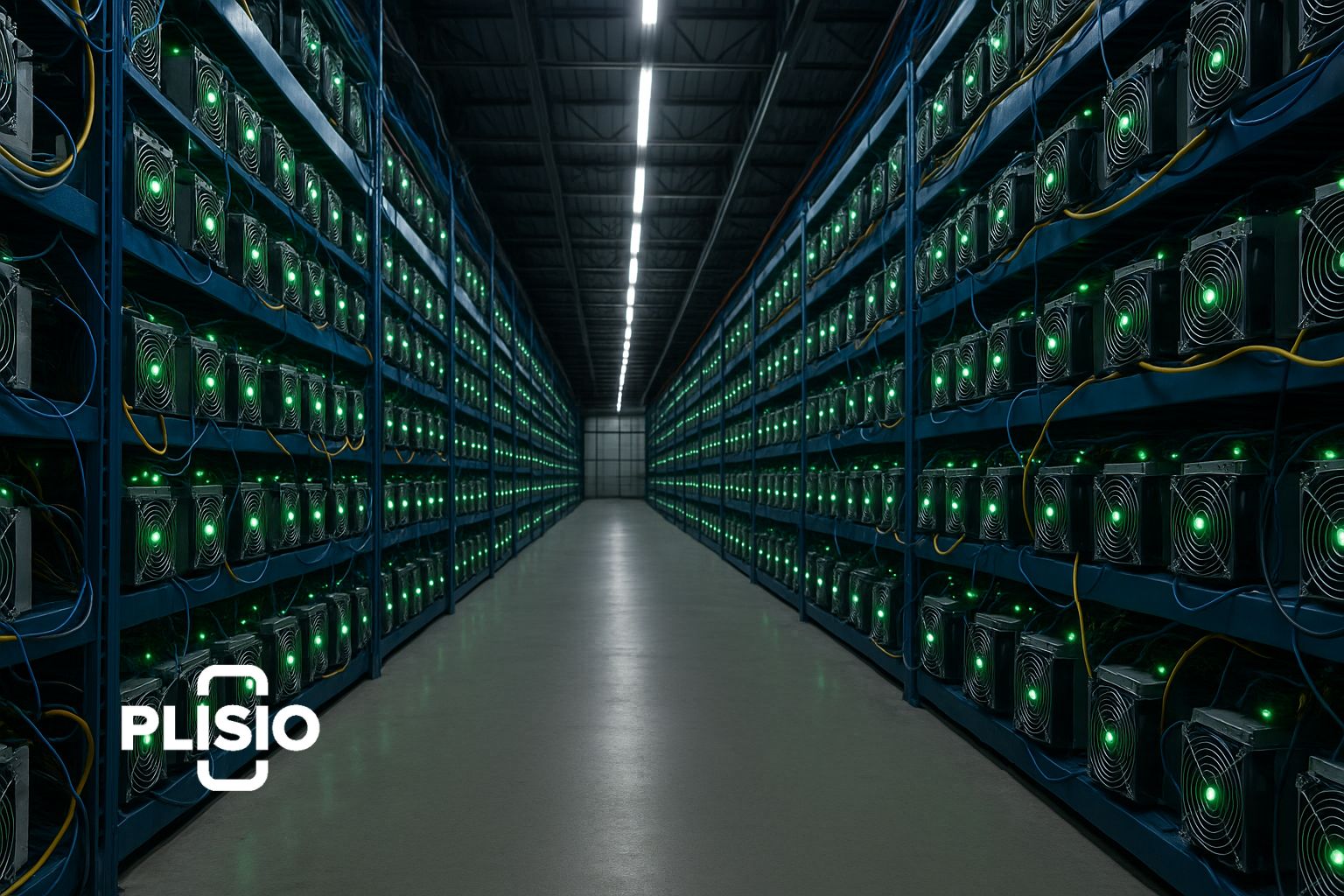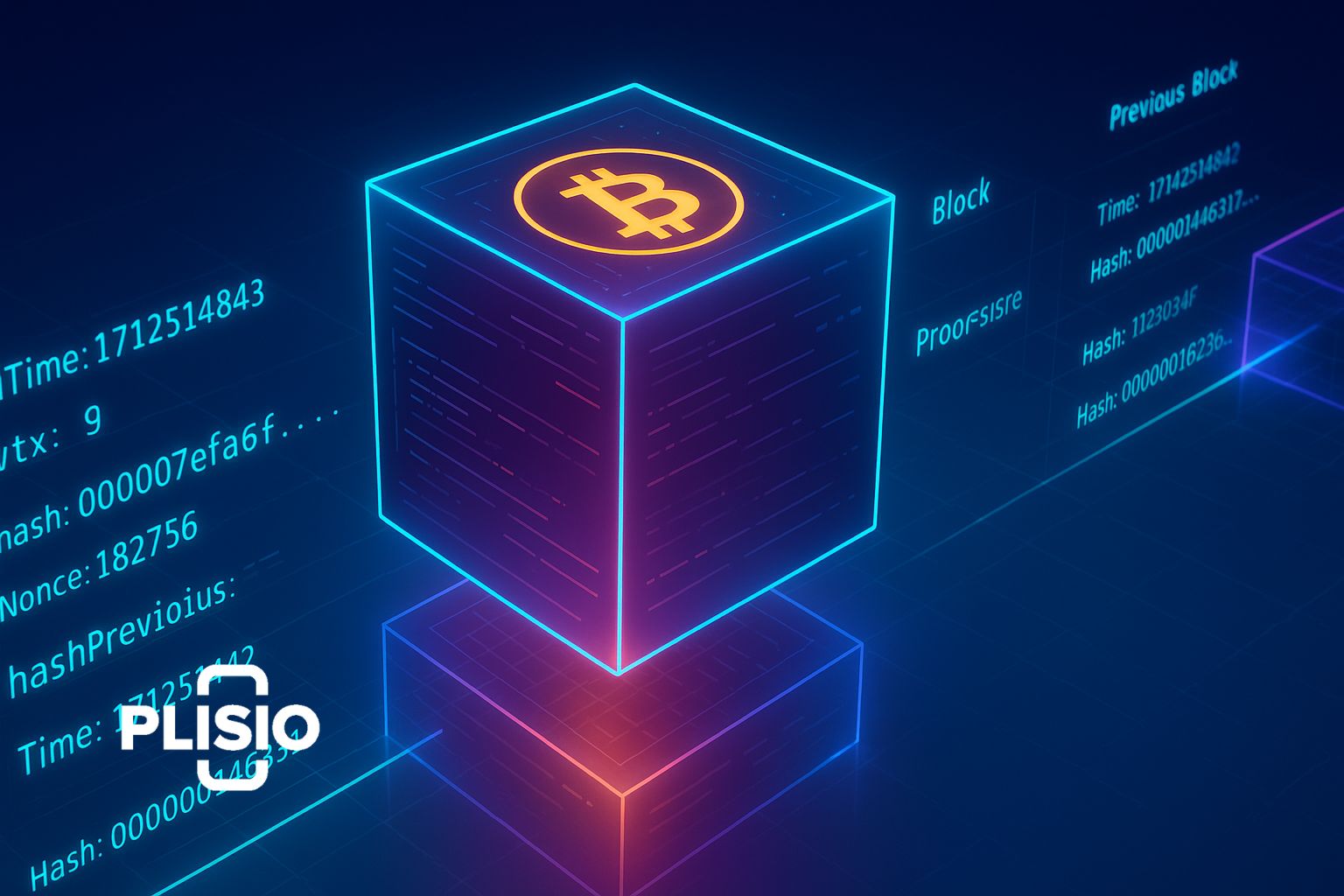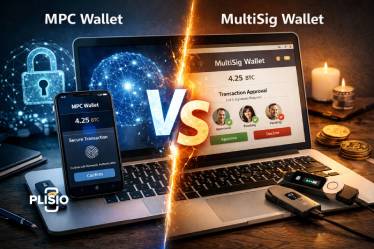Bitcoin Farms: Inside the Backbone of the Bitcoin Mining Industry

Bitcoin mining is the process of verifying bitcoin transactions and adding them to the blockchain, the public ledger of all Bitcoin activity. This operation takes place in bitcoin farms—massive data centers that house thousands of specialized computers working around the clock to mine bitcoin. These farms represent the core of the bitcoin mining industry, contributing significantly to the security and functionality of the entire bitcoin network.
The Basics of Bitcoin Mining
To start mining bitcoin, individuals or mining companies must solve complex mathematical problems. This process is known as proof-of-work. The purpose of mining is to maintain the integrity of the blockchain and issue new coins into circulation. When miners find the solution, a new block is added to the blockchain, and they receive a reward for creating new blocks. This reward, called the block reward, is currently 3.125 BTC as of 2024, down from 6.25 BTC in 2020 and 12.5 BTC in 2016. Historically, the reward was 50 BTC, then halved again to 25 BTC, 12.5 BTC, and so on every four years.
Key Characteristics of Bitcoin Mining:
- Block reward: 3.125 BTC
- Halving cycle: Every four years
- Block time: Roughly every ten minutes
- Proof-of-work system
- Transaction fees supplement block rewards
Milestones in Bitcoin Block Rewards
|
Year |
Block Reward |
Description |
|
2009 |
50 BTC |
Genesis phase of bitcoin mining |
|
2012 |
25 BTC |
First halving |
|
2016 |
12.5 BTC |
Second halving |
|
2020 |
6.25 BTC |
Third halving |
|
2024 |
3.125 BTC |
Fourth halving (current reward) |
Mining Hardware and Technology
Bitcoin mining requires specialized computers, typically application-specific integrated circuits (ASICs), designed specifically for mining work. These ASIC machines offer greater computational efficiency than older GPU mining or using a personal computer. The computing power needed to mine bitcoin is measured in hash per second, and the total hash rate of the entire bitcoin network determines the mining difficulty. This difficulty level adjusts roughly every two weeks to ensure a block is found roughly every ten minutes.

Types of Mining Hardware:
- ASIC machines - Designed for bitcoin mining only
- GPU mining rigs - Older and less efficient
- Personal computers - Virtually obsolete for mining work
Features of Effective Mining Hardware:
- High hash rate performance
- Low energy consumption
- Long operational life span
- Compatible with mining pools
Mining Operations and Facilities
A bitcoin mining facility may include hundreds or thousands of ASIC machines organized into mining farms. These are often located in regions with low electricity costs, such as West Texas, where energy use is a critical factor in mining profitability. Mining facilities are designed to optimize airflow, energy efficiency, and cooling to sustain uninterrupted mining.
Components of a Mining Farm:
- Mining hardware (ASICs)
- Power supply infrastructure
- Cooling systems
- Network and internet connectivity
- Security and maintenance teams
Groups of miners often join a mining pool to combine their computing power, increasing their chances of earning a payout. This collaborative approach makes bitcoin mining more accessible to individual miners.
Growth and Geography
In 2022 and 2023, many mining companies expanded operations in the U.S., making it one of the largest bitcoin mining hubs globally. One bitcoin farm in Texas is among the biggest in the world, reflecting the rapid growth of the crypto mining sector. Mining companies strategically select locations based on access to affordable, stable electricity and favorable climate conditions.
Leading Countries for Bitcoin Mining:
- United States (notably West Texas)
- Kazakhstan
- Russia
- Canada
- Iceland
Economic and Environmental Impact
The reward for creating new blocks includes the block reward and transaction fees. Bitcoin mining's environmental concerns have gained attention due to high energy consumption. The mining process can have health impacts due to noise and heat generation, especially in densely populated areas.
Economic Considerations:
Mining profitability depends on:
- Bitcoin price
- Energy costs
- Mining difficulty
- Equipment efficiency
- Payout frequency from mining pools
Factors affecting mining rewards:
- Transaction volume (affecting transaction fees)
- Difficulty level (adjusted roughly every two weeks)
- Participation in mining pools
Environmental Factors:
- High energy use leads to criticism
- Potential health impacts from heat/noise
- Movement toward renewable energy
- Push for sustainable crypto mining
The Role of Blockchain and the Network
Each block on the blockchain contains records of bitcoin transactions. As new bitcoin is mined, it is added to the blockchain and enters circulation. The blockchain's integrity is protected by the distributed nature of the network and the proof-of-work required to mine each block.
The bitcoin network aims to issue a limited supply of 21 million coins, ensuring scarcity and long-term value. The network’s total hash rate and mining difficulty keep block times consistent.
Mining Pools and Collaboration
Bitcoin miners frequently collaborate by joining bitcoin mining pools. These groups of miners share the mining work and distribute rewards proportionally. This model helps individual miners stay profitable, especially when competing with large-scale mining farms.

Benefits of Joining a Mining Pool:
- More frequent payouts
- Lower individual risk
- Shared computational load
- Accessible for new miners
Future of Bitcoin Farms
As the mining difficulty rises and block rewards shrink, mining work will increasingly rely on advanced ASIC machines and efficient energy strategies. The 3.125 BTC per block reward will be halved again, just as it was halved to 12.5 BTC previously. The entire bitcoin network continues to evolve, driven by technology, regulation, and market demand.
Bitcoin farms will remain a crucial part of the bitcoin blockchain ecosystem, with the bitcoin mining facility model growing more refined and sustainable. As crypto adoption widens and blockchain technology matures, bitcoin farms stand as the powerhouses behind every new coin added to the ledger.
Conclusion
Bitcoin mining is really the lifeblood of the bitcoin network. From massive mining farms in West Texas to small-scale individual miners around the world, the process of mining ensures that new coins are added to the blockchain and that bitcoin transactions remain secure. Whether you're part of a mining pool or a large data center, the need to mine bitcoin remains foundational. While the block reward today is 3.125 BTC, it will continue to shrink. Yet, as long as the bitcoin price rises and transaction fees remain attractive, mining profitability can be sustained.
As we approach the next halving and face rising difficulty, the future of cryptocurrency mining will depend on innovation, efficiency, and a balanced view of bitcoin mining's environmental and health impacts. One of the largest bitcoin mining pools may dominate today, but with time and technology, the playing field could level once again.




